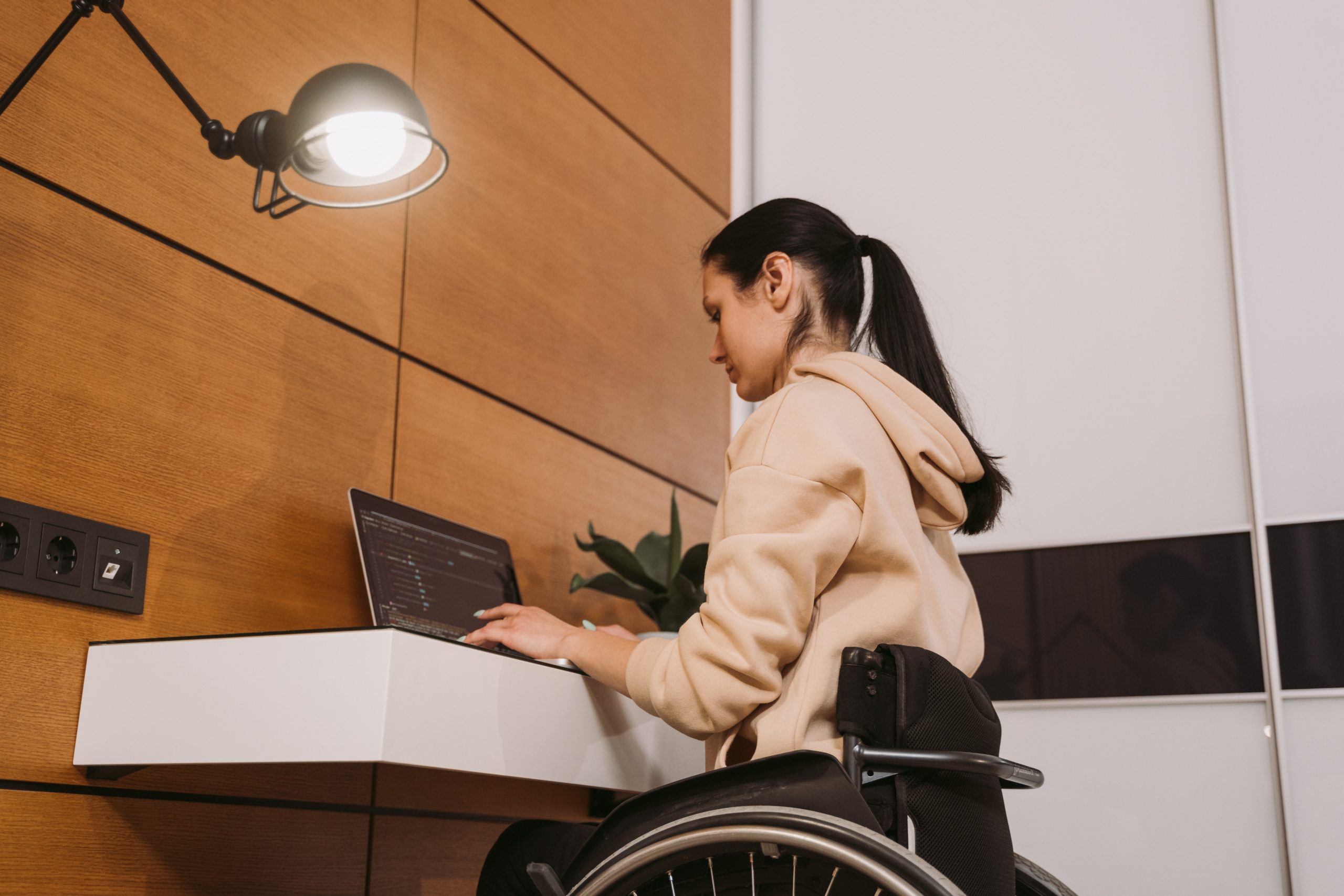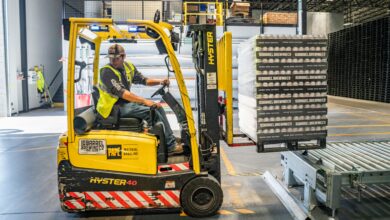
Developing Accessibility in the Workplace
If you haven’t already, you need to adapt your workplace to suit the needs of all employees. A diverse workplace depends on accessibility for all. Here are some adjustments you can make.
Consider People with Chronic Pain
Pain that lasts for a long time, even with medicine or treatment, is called chronic or persistent pain. Most people get back to normal after an injury or surgery that caused pain. But sometimes, the pain lasts longer or starts on its own without any injury or surgery.
Repetitive strain injury (RSI), which keeps injuries from improving, can worsen chronic pain when working in an office. Addressing this is accessible by using adjustable leather chairs for office settings, monitor stands, and ergonomic computer accessories such as mice and keyboards.
Adapt Your Office with Accessible Ramps
A ramp is a simple but valuable addition to your office. A ramp is a great way to help people who have trouble walking and may or may not need a wheelchair or other device. They also make it much easier for people who help push wheelchairs, which can be very heavy. But because some wheelchairs are heavy, it’s not as easy as just putting a ramp at the door. If the angle is too sharp, it can be hard to use. So, they must be skillfully put together as a series of gangways with different heights leading up to an entrance or exit.
Provide Support Rails in the Workplace
Support rails are one of the most accessible and valuable changes you can make to the workplace. Many disabilities, like being blind or having trouble moving around, can make it hard to get from one place to another or from inside to outside. Support rails are a way to help hold up weight and create a safer space. But if you put up support rails, they should be of high quality for the best results. The rails must be strong enough to last. But the fittings, like key clamps, must be well-made to work with different angles and securely hold pieces together.
Provide Tools for Getting Dressed
Working for a company often requires dressing in a certain way. Offices typically ask employees to dress smartly; retail jobs might require a uniform, and people working in services need safety gear. But for disabled people, just getting dressed for the workplace is challenging.
Here’s how you can help:
- A dressing stick to grab and pull clothing such as overalls and aprons.
- A shoe horn for putting on or taking off work boots.
- Pullers help people with limited mobility grab zips on coats and safety wear.
- Disabled female employees will benefit from a bra holder when getting changed.
- You could provide office wear from disability vendors like ASOS and AdaptaWear.
It isn’t your responsibility to monitor how people dress at home. But in the workplace, you are obligated to ensure all employees can dress into and out of anything you require. You can help by providing specialist tools that enable the disabled to dress safely for the job.
Add Stairlifts and Elevators
People with trouble moving around or long-term health problems can find climbing stairs challenging and sometimes painful. And employees who use wheelchairs just can’t do it. So, you must devise a different way to get from one floor to the next. Most modern buildings have elevators. But some older buildings may not have the right tools. You can install elevators and stairlifts reasonably, which is good news. Even if the cost is high initially, you can’t put a price on making things more accessible and fairer for everyone at your office.
Adapt Your Office with Wider Doorways
It’s essential to be open to everyone and ensure everyone can get to the workplace. Adjusting doors or door frames may only need minor changes. Wheelchair access, on the other hand, can be difficult, especially if the angle of approach isn’t straight and may require more complex changes. Widening an interior door at your office isn’t hard and probably won’t take more than a few hours. Once done, it will make it easy for wheelchairs and other vehicles that help people with mobility to move around the house and through hallways.
Provide Adequate Facilities
A diverse office means that your workers will have different needs. And there are some things you might not even consider. For example, standard office desks won’t work for little people who work for you. Also, if the counters in the kitchen are too high, people in wheelchairs might not be able to use them during their break. So, you should think about what each person needs and change your office to meet those needs. You could also give workers who have diabetes or epilepsy and are prone to seizures their safe rooms for safety and privacy.
Summary
There are many easy ways to adapt your workplace for employees with needs. Ergonomic furniture is a great start. As it helps with getting dressed and provides unique facilities.






